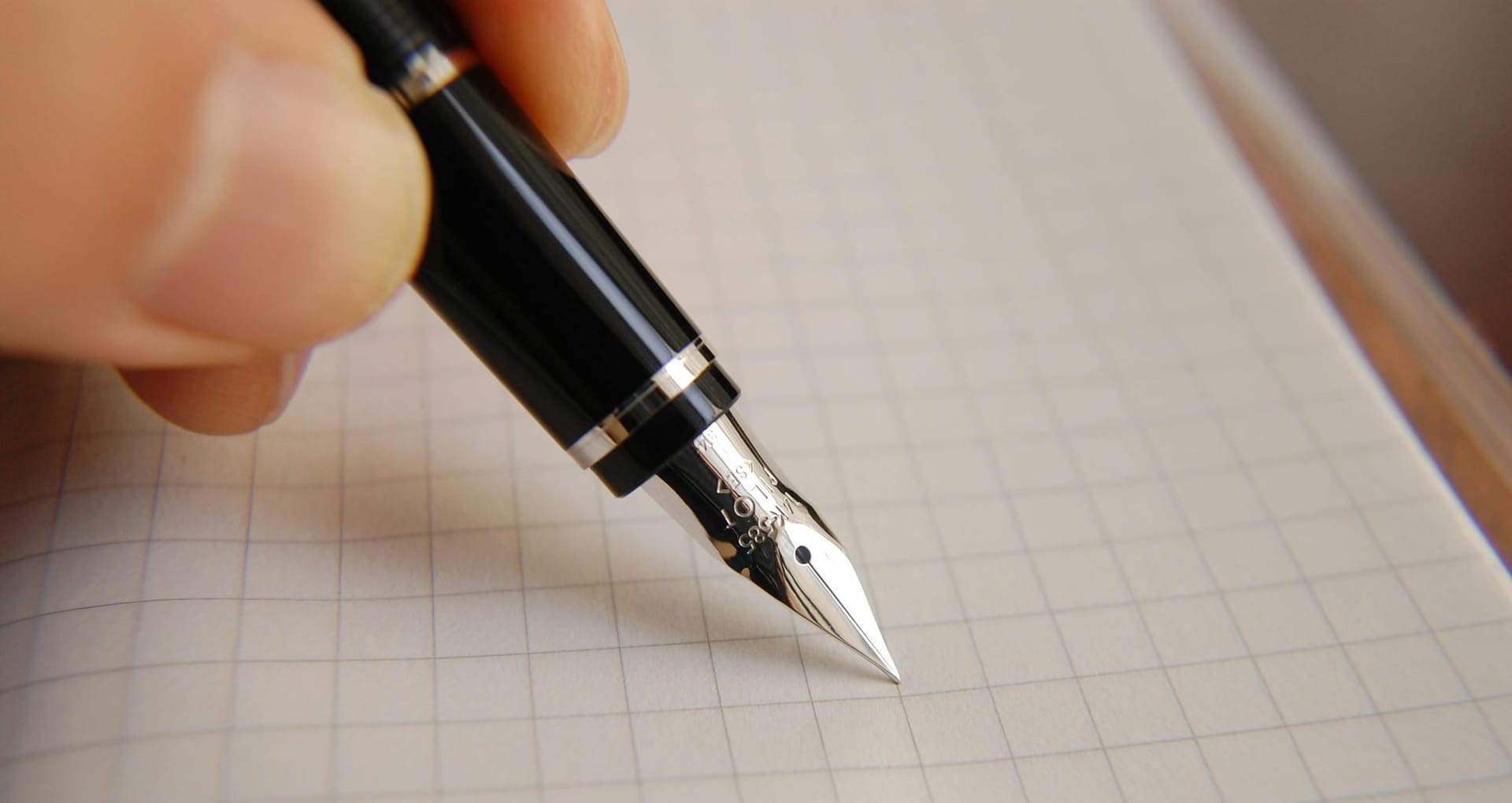The Power of Paper

It seems to be human nature to collect things, amassing more and more items without clear justification. For me, it's fountain pens. I own far more than I can use, yet I still desire to expand my collection. Along with fountain pens, I've accumulated journals and papers of various weights (gsm) and dimensions. Fortunately, this collection of writing instruments and stationery serves a purpose, enhancing my productivity, strategic planning, and leadership development.
We live in a world that relentlessly pushes us toward digital efficiency—emails, cloud-based calendars, and endless notifications. But for academic leaders, digital speed doesn't necessarily translate to clarity of thought. Sometimes, the most effective way to organize ideas, reflect on leadership, and manage priorities is as straightforward as putting pen to paper.
1. Leadership Journaling: The Dean’s Thinking Space
As a dean, your mind constantly balances faculty concerns, student initiatives, and institutional goals, making a leadership journal essential for reflection and tracking growth. Write down your biggest weekly challenges and revisit difficult decisions to understand how they unfolded. Noting patterns in faculty engagement provides valuable insights into departmental dynamics. This intentional practice gradually sharpens your leadership instincts, transforming scattered thoughts into cohesive leadership wisdom.
2. Personal Growth on Paper
The demands of academic leadership frequently overshadow personal well-being, pushing self-care to the periphery. A journal or planner serves as an essential tool for restoring this balance by creating space for physical health, intellectual growth, and creative expression. Whether tracking workouts, listing books to read, or scheduling time for hobbies, the act of documenting these intentions transforms them from abstract thoughts into concrete commitments. This simple practice of writing things down creates a tangible accountability system that helps academic leaders honor their personal needs alongside professional responsibilities.
3. The Lost Art of Handwritten Notes
A handwritten note carries significantly more weight than any digital message, making it a powerful tool for academic leaders. Take the time to recognize faculty achievements, encourage student leaders, and show appreciation to staff members with personalized notes. These small gestures create meaningful connections and demonstrate that you value each person's contributions. Remember that effective leadership balances strategic thinking with relationship building, and nothing strengthens relationships quite like a personal, handwritten message.
4. Paper as a Career Compass
Paper offers a valuable medium for tracking your professional journey and development. Keep a journal to record insights from mentors, conferences, and leadership experiences. As your collection grows, you'll notice recurring themes and ideas that help clarify your professional path. This reflective practice enables more intentional decision-making about your future in academic leadership.
Analog planning complements digital tools by creating a balanced approach where paper facilitates deep thinking and strategy while digital systems handle execution and logistics. Begin with small implementations like a leadership journal, thank-you notes, or a weekly planning routine to integrate these analog methods effectively. This approach isn't driven by nostalgia but rather by the proven effectiveness of handwritten planning and reflection. The tactile experience of pen on paper creates an intentional engagement with your thoughts that digital tools often can't replicate. Sometimes the most innovative path forward emerges from the focused clarity that comes with a blank page and a pen in hand.
Current Pen and Paper
Currently, I utilize the Plotter system. Having a yearly and weekly calendar, along with blank paper or to-do list style paper, in a leather ring binder helps me tremendously with my day-to-day work. I've even started printing off meeting agendas, hole-punching them, and placing them in my notebook alongside my notes. At the start of each month, I transfer these agendas and notes to a storage system that I can use to revisit conversations and discussions for clarity and insight.
For pens, I am currently using a Pilot Vanishing Point fountain pen with a medium nib (I find that Pilot's medium nib writes more like a fine nib in other pen brands—I generally prefer fine nibs).
If you want your planning to be more than just another system, invest in tools that inspire you to use them. Because ultimately, leadership isn't just about efficiency—it's about clarity, reflection, and the ability to think deeply in a world that never stops moving.
